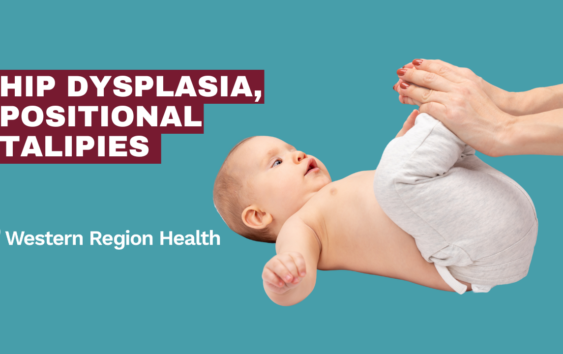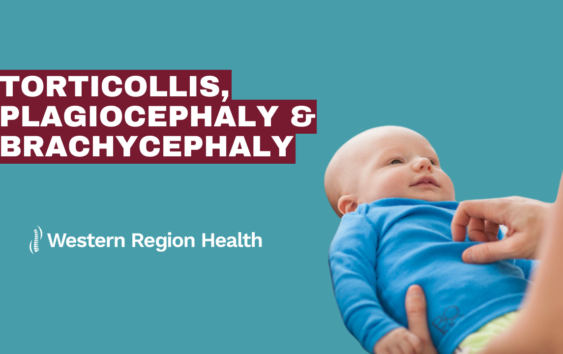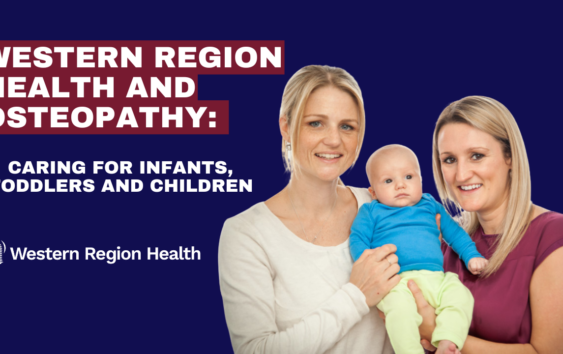General | February 6, 2025
Feeding Difficulties, Tongue & Lip Tie
Dr Eressea Cross-Supervising Clinician-B.App.Sc(CompMed) MOsteo
At WRH we get many referrals from lactation consultants, dentists and MCHN to support babies who are having difficulty feeding as a result of oral tension, jaw restrictions and tongue and/or lip ties.
The most common effect of a tongue and/or lip tie is the baby’s ability to breastfeed efficiently. A thick or restricted labial or lingual frenulum can hinder the baby’s ability to open their mouth fully and use their tongue and jaw correctly, which can result in a poor latch, weak suck, insufficient milk intake, nipple pain, trauma, and a gradual decrease in milk supply.
During assessment, we observe how far the baby’s tongue extends beyond the lips, whether the tongue appears notched or heart-shaped, the degree of lateral movement, and its mobility during sucking. We also evaluate the function of the jaw and surrounding muscles.
Not every lip or tongue tie requires surgical release. Osteopathic assessment and treatment focuses on both internal and external areas of the mouth and jaw, along with addressing the cervical spine and improving neck strength, can often improve tongue and mouth function. This, combined with advice for parents on stretching and latching techniques can sometimes prevent the need for surgery. However, some cases may still require referral to a specialist dentist.
We collaborate with several dentists who diagnose the type and severity of tongue, lip, and buccal ties and determine whether a frenectomy would benefit the child in the short and long term. Infants who undergo frenectomy are closely monitored to ensure proper wound healing, with follow-up rehabilitation and guidance for parents to support successful feeding outcomes.
Additionally, we review infants who previously experienced latching difficulties or tongue/lip ties when they reach five months of age. At this stage, we reassess tongue function and, if necessary, provide exercises and advice to manage any overactive gag reflex and optimize tongue function before the introduction of solid foods.


